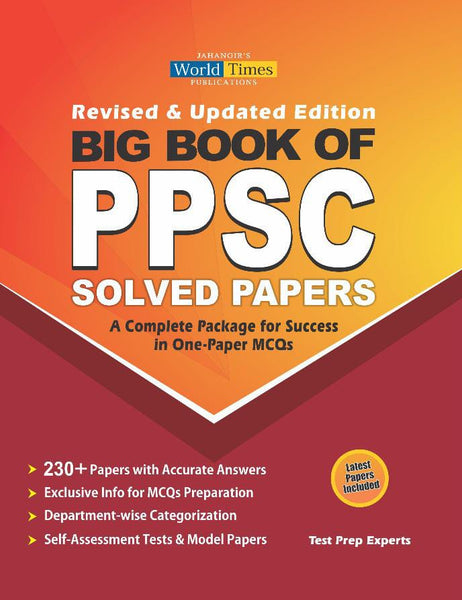In "Pakistan: A New History for CSS, PMS, PCS" by Ian Talbot of Oxford, readers are treated to a concise yet comprehensive exploration of Pakistan's historical narrative, from its inception to contemporary times. Talbot skillfully navigates through the intricate layers of Pakistan's past, shedding light on key events, personalities, and socio-political dynamics that have shaped the nation's trajectory. Through meticulous research and insightful analysis, Talbot presents a fresh perspective on Pakistan's history, making this book an invaluable resource for students and enthusiasts alike.
Key Points:
1. Pre-Partition Era: Talbot delves into the pre-Partition era, exploring the complex social, cultural, and political landscape of British India that laid the groundwork for the creation of Pakistan. He examines the various movements and ideologies that emerged during this period, setting the stage for the partition in 1947.
2. The Partition and Independence: The book provides a detailed account of the partition of British India and the subsequent independence of Pakistan. Talbot examines the factors leading to partition, the violence that ensued, and the challenges faced by the newly formed nation in its early years.
3. Political Evolution: Talbot traces the political evolution of Pakistan from its early years to the present day. He analyzes the role of key political figures, parties, and institutions in shaping the country's governance and democracy.
4. Military Rule: The author explores the recurring periods of military rule in Pakistan's history, examining the impact of military interventions on the country's political stability, governance, and socio-economic development.
5. Socio-Cultural Dynamics: Talbot sheds light on the rich tapestry of Pakistan's socio-cultural dynamics, including its diverse ethnicities, languages, religions, and traditions. He explores how these dynamics have influenced the nation's identity and collective consciousness.
6. Economic Challenges and Progress: The book examines Pakistan's economic challenges and achievements, from its early years of agrarian economy to its modern-day industrial and technological advancements. Talbot discusses the factors contributing to Pakistan's economic growth and the persistent challenges it faces.
7. Foreign Policy: Talbot analyzes Pakistan's foreign policy objectives, challenges, and alliances in the regional and global context. He explores the country's relations with neighboring nations, major powers, and international organizations.
8. Security Concerns: The author delves into Pakistan's security concerns, including internal conflicts, terrorism, and geopolitical tensions. He examines the strategies adopted by the state to address these challenges and maintain national security.
9. Social Development and Challenges: Talbot discusses Pakistan's social development initiatives and the challenges hindering progress in areas such as education, healthcare, gender equality, and poverty alleviation. He highlights the efforts of civil society and government agencies in tackling these issues.
10. Contemporary Issues and Future Prospects: In the final section, the book explores contemporary issues facing Pakistan, such as political instability, extremism, environmental degradation, and governance reforms. Talbot offers insights into the country's future prospects and the challenges it must overcome to achieve sustainable development and prosperity.
In conclusion, "Pakistan: A New History for CSS, PMS, PCS" by Ian Talbot provides readers with a comprehensive understanding of Pakistan's historical journey, offering valuable insights into its past, present, and future. With its accessible writing style and thorough analysis, this book is essential reading for anyone interested in the complexities of Pakistani history and society.















